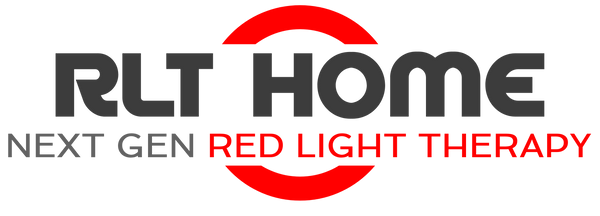Hashimoto's Thyroiditis (HT) is a common autoimmune disorder. It causes long-term inflammation of the thyroid gland, often leading to hypothyroidism. Traditional treatments mainly include hormone replacement therapy. However, recent studies have looked into photobiomodulation (PBM) therapy and dietary supplements as potential treatments.
This article focuses on two successful human trials. They explored the effectiveness of red light therapy at wavelengths of 820 and 850 nm for HT treatment.
Study Summaries
Study 1: Impact of Photobiomodulation on T3/T4 Ratio and Quality of Life in Hashimoto Thyroiditis
- Participants: 350 patients with HT.
- Method: Divided into two groups, Group 1 received PBM (wavelength not specified in abstract) with dietary supplements (vitamin D, iron, selenium), while Group 2 received only dietary supplements.
- Findings: Group 1 showed a big increase in T3 levels and T3/T4 ratio. They also had lower thyroid peroxidase antibody levels and needed less hormone replacement than Group 2. The study found PBM improved HT symptoms, especially in T3/T4 ratio and levothyroxine dosage.
- Source: PubMed
Study 2: Efficacy of Combined Photobiomodulation Therapy with Supplements versus Supplements Alone in Restoring Thyroid Gland Homeostasis in Hashimoto Thyroiditis
- Participants: 74 female subjects, aged between 20 and 50.
- Method: Group 1 received PBM (820 nm, 200 mW power output, 20 s per point, 32 J/cm² fluence) and supplements, whereas Group 2 received only supplements.
- Findings: Group 1 had better weight loss, BMI reduction, and waist/hip ratio than Group 2. They also had lower TSH, antiTPO, antiTG levels, and LT4 dosage. This trial showed PBM's effectiveness at a lower fluence with supplements in restoring thyroid function and managing weight.
- Source: MDPI
Other Information
The wavelengths used in these studies, 820 and 850 nm, are in the infrared spectrum. Our TotalSpectrum series devices emit at 850 nm, similar to the studies. This suggests their potential in managing Hashimoto's Thyroiditis.
While research has shown benefits of certain wavelengths, like 820 nm, PBM's effects are not limited to one wavelength. The 810 nm wavelength, close to 820 nm, is also within the therapeutic spectrum.
Summary
The two human trials show promise for PBM therapy, especially at 820 and 850 nm wavelengths, as a treatment for Hashimoto's Thyroiditis. The therapy improved thyroid function and reduced hormone replacement needs. It also positively affected various factors like weight and lifestyle.
Combining PBM therapy with dietary supplements offers a non-invasive and effective way to enhance thyroid function and manage HT symptoms.







